HVTest SMG2000B User manual
Other HVTest Measuring Instrument manuals
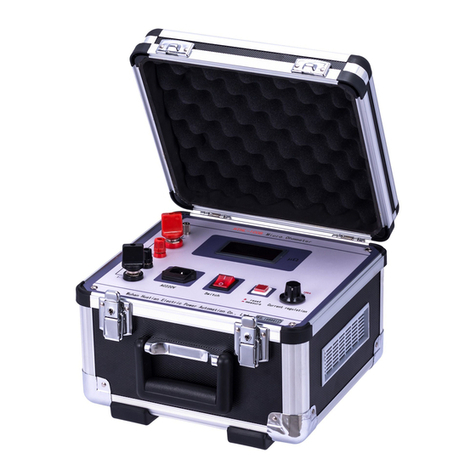
HVTest
HVTest HTHL-100B User manual
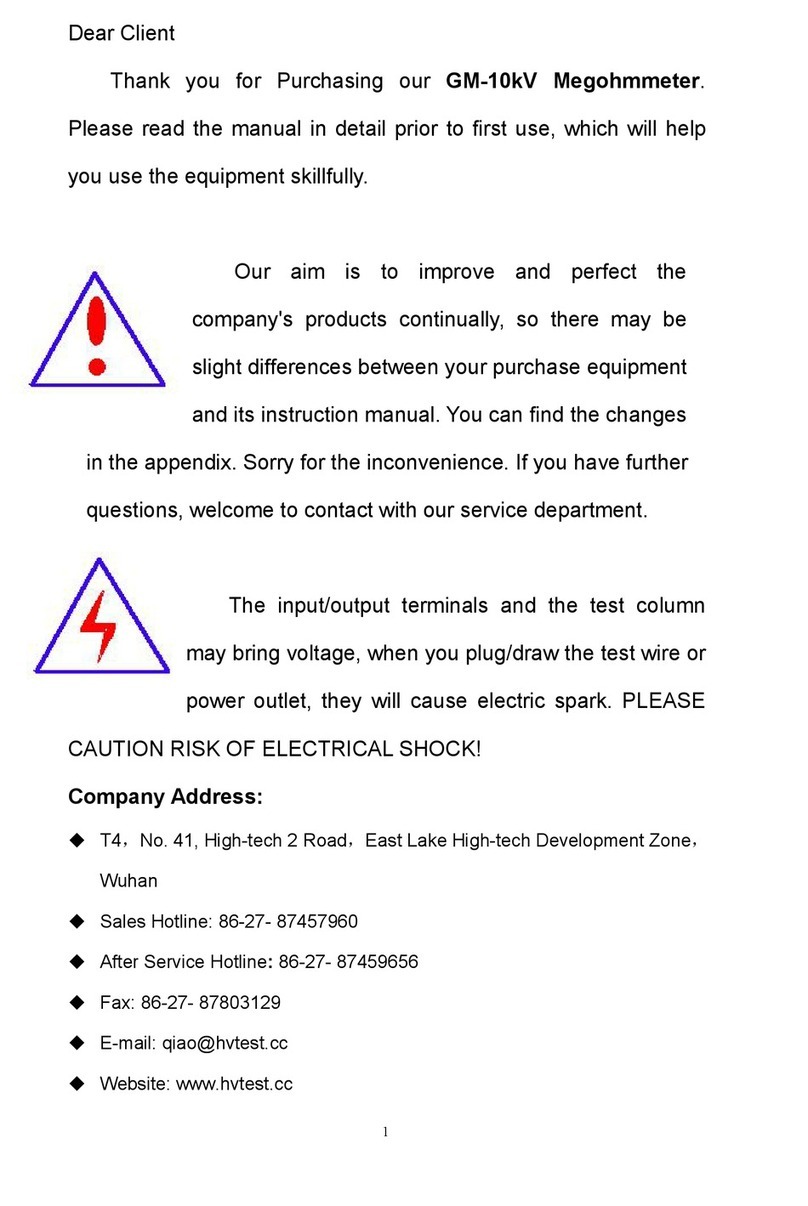
HVTest
HVTest GM-10kV User manual
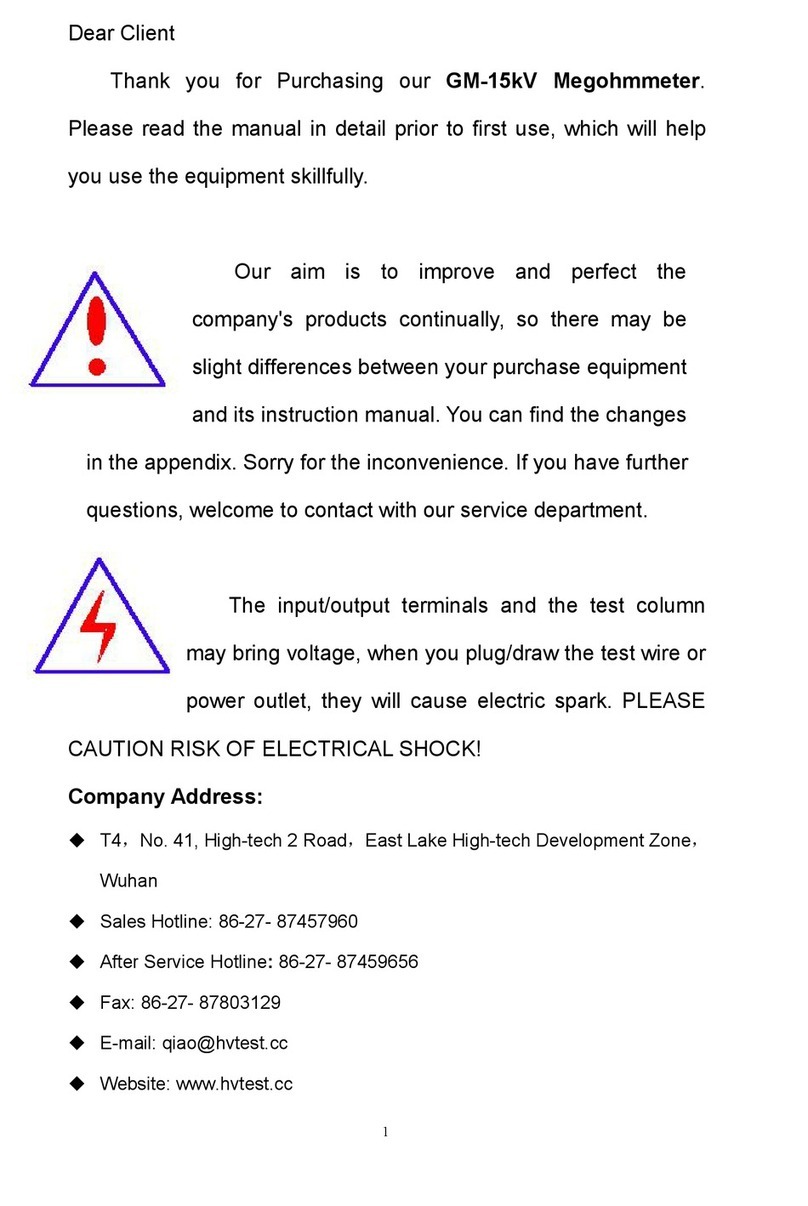
HVTest
HVTest GM-15kV User manual
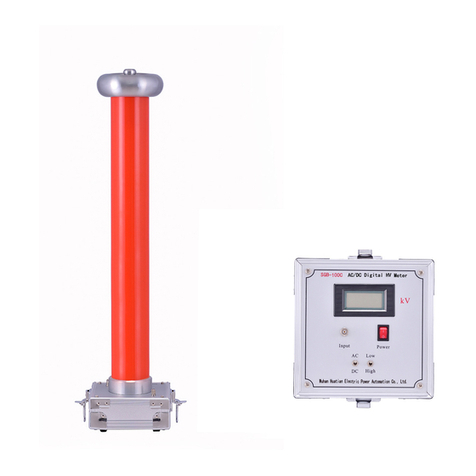
HVTest
HVTest SGB-C Series User manual
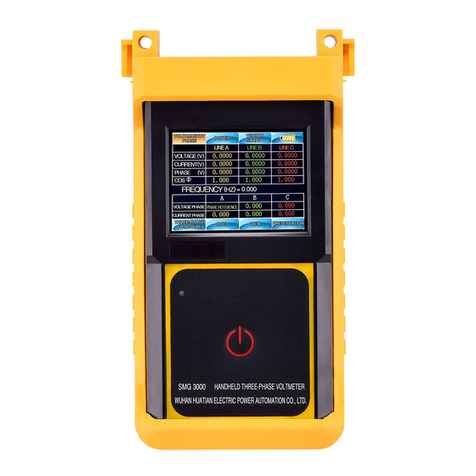
HVTest
HVTest SMG3000 User manual
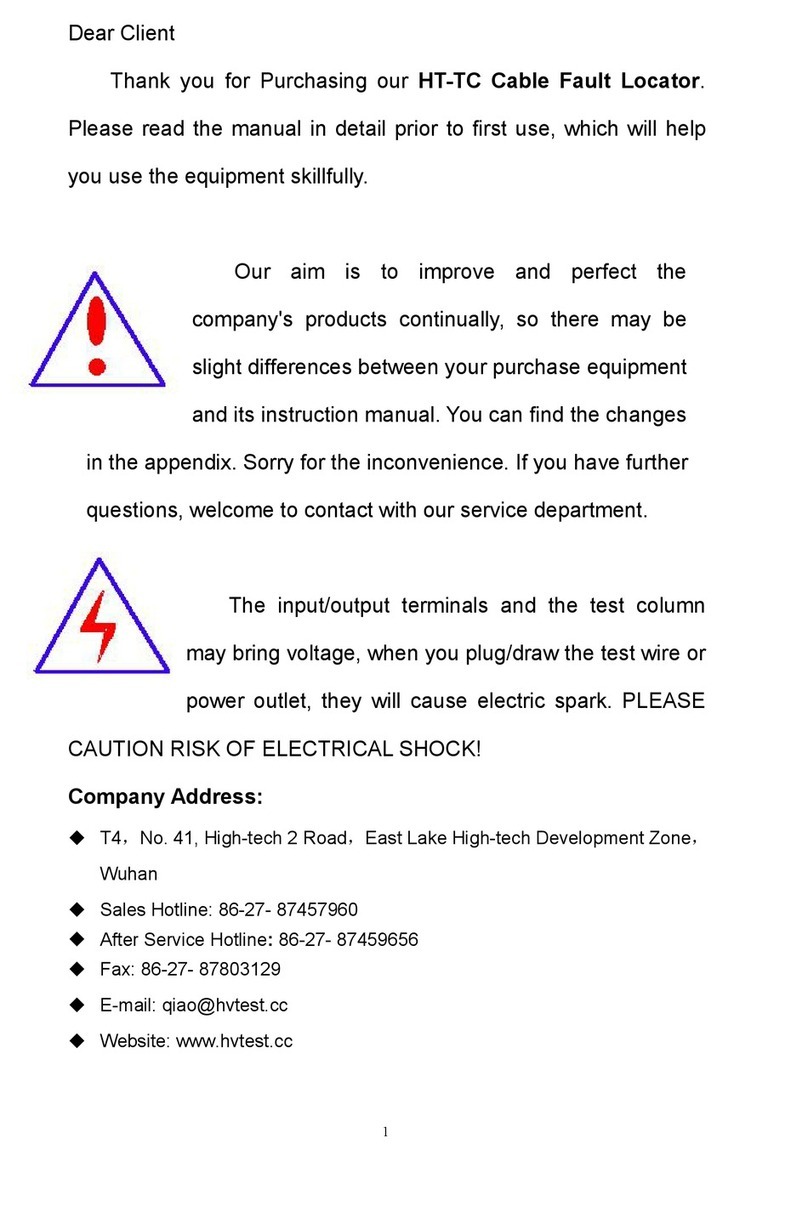
HVTest
HVTest HT-TC User manual
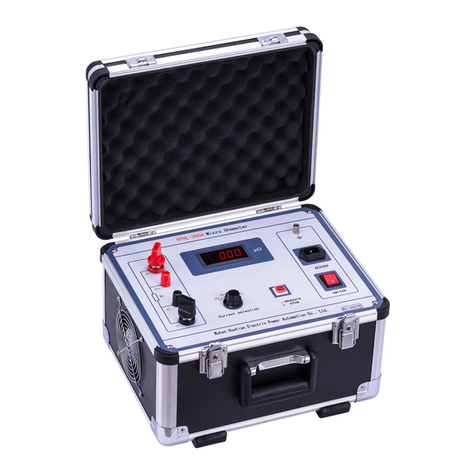
HVTest
HVTest HTHL-200A User manual
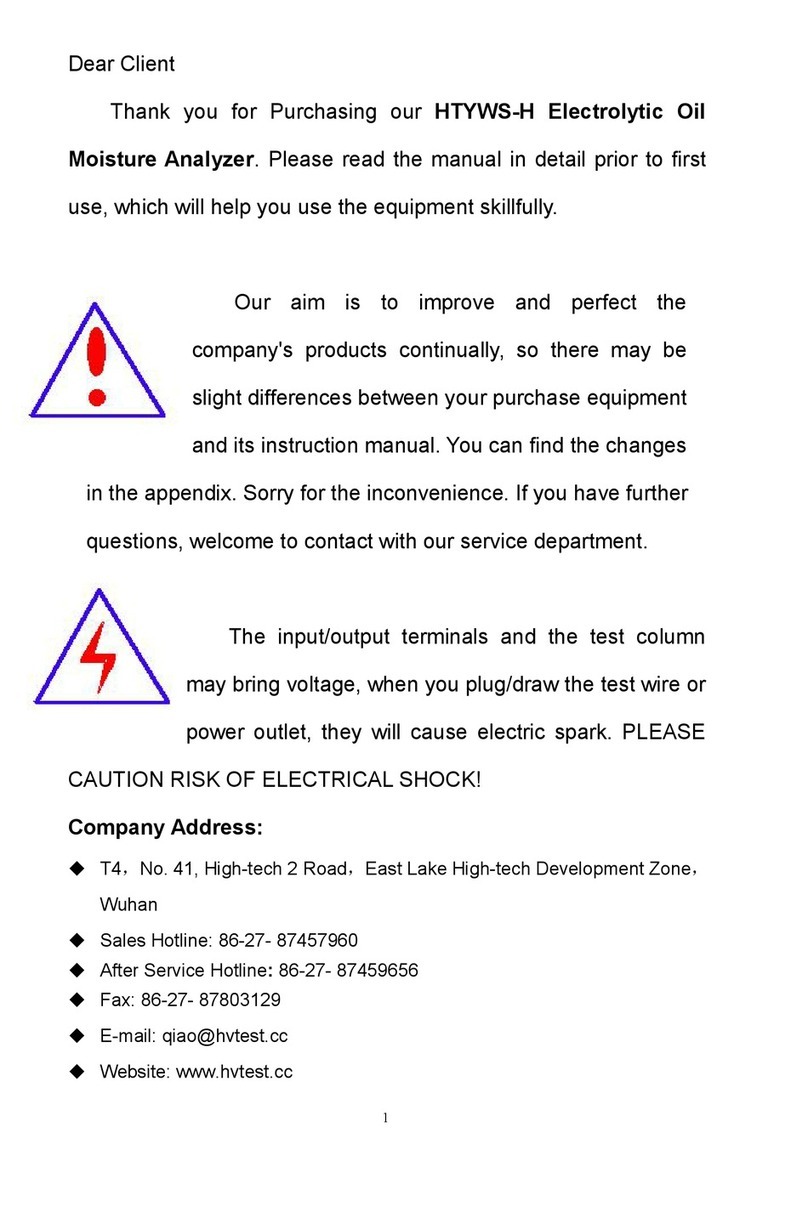
HVTest
HVTest HTYWS-H User manual

HVTest
HVTest GM-5kV User manual
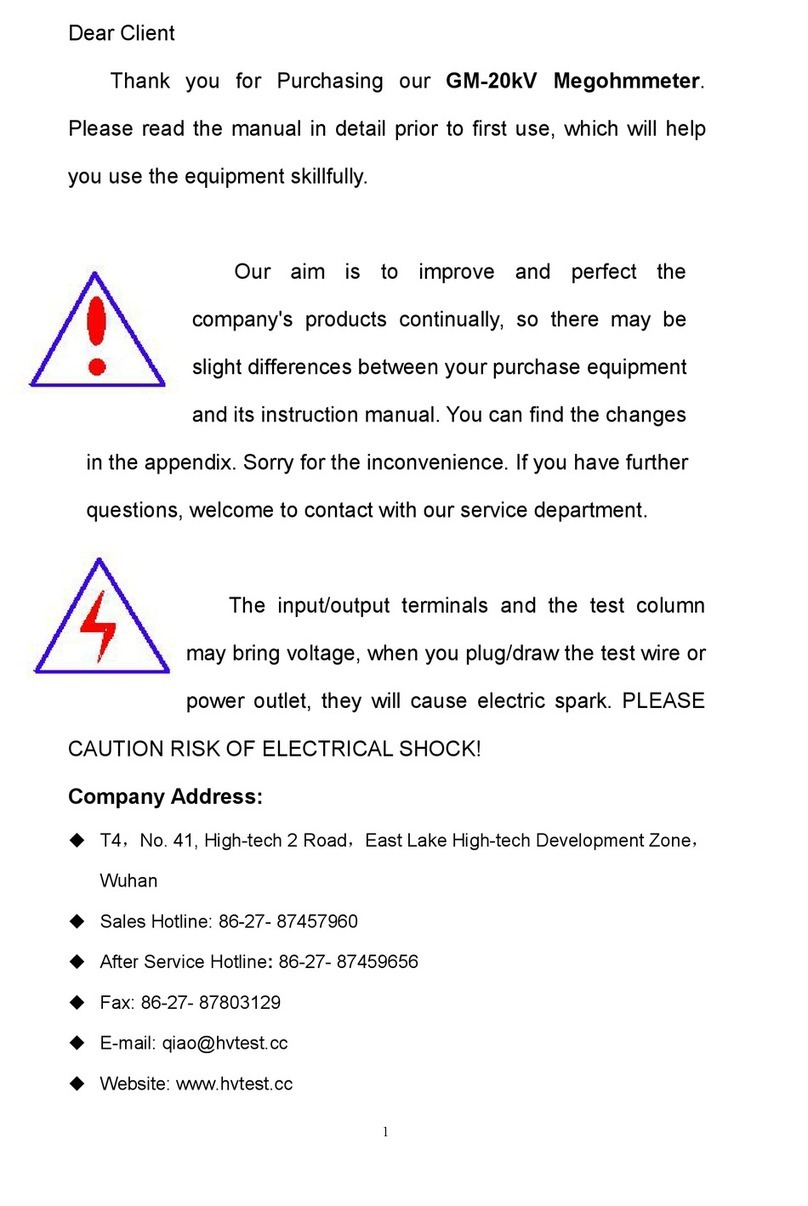
HVTest
HVTest GM-20kV User manual
Popular Measuring Instrument manuals by other brands

Powerfix Profi
Powerfix Profi 278296 Operation and safety notes

Test Equipment Depot
Test Equipment Depot GVT-427B user manual

Fieldpiece
Fieldpiece ACH Operator's manual

FLYSURFER
FLYSURFER VIRON3 user manual

GMW
GMW TG uni 1 operating manual

Downeaster
Downeaster Wind & Weather Medallion Series instruction manual

Hanna Instruments
Hanna Instruments HI96725C instruction manual

Nokeval
Nokeval KMR260 quick guide

HOKUYO AUTOMATIC
HOKUYO AUTOMATIC UBG-05LN instruction manual

Fluke
Fluke 96000 Series Operator's manual

Test Products International
Test Products International SP565 user manual

General Sleep
General Sleep Zmachine Insight+ DT-200 Service manual















